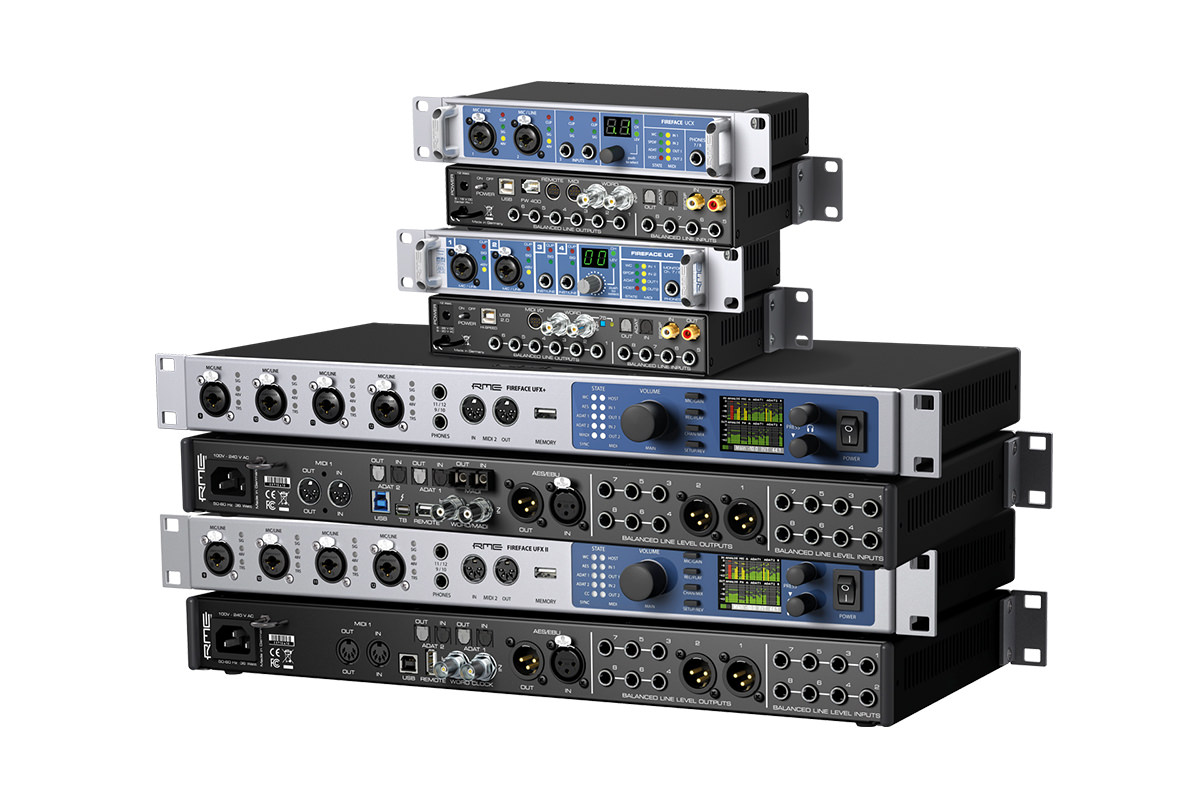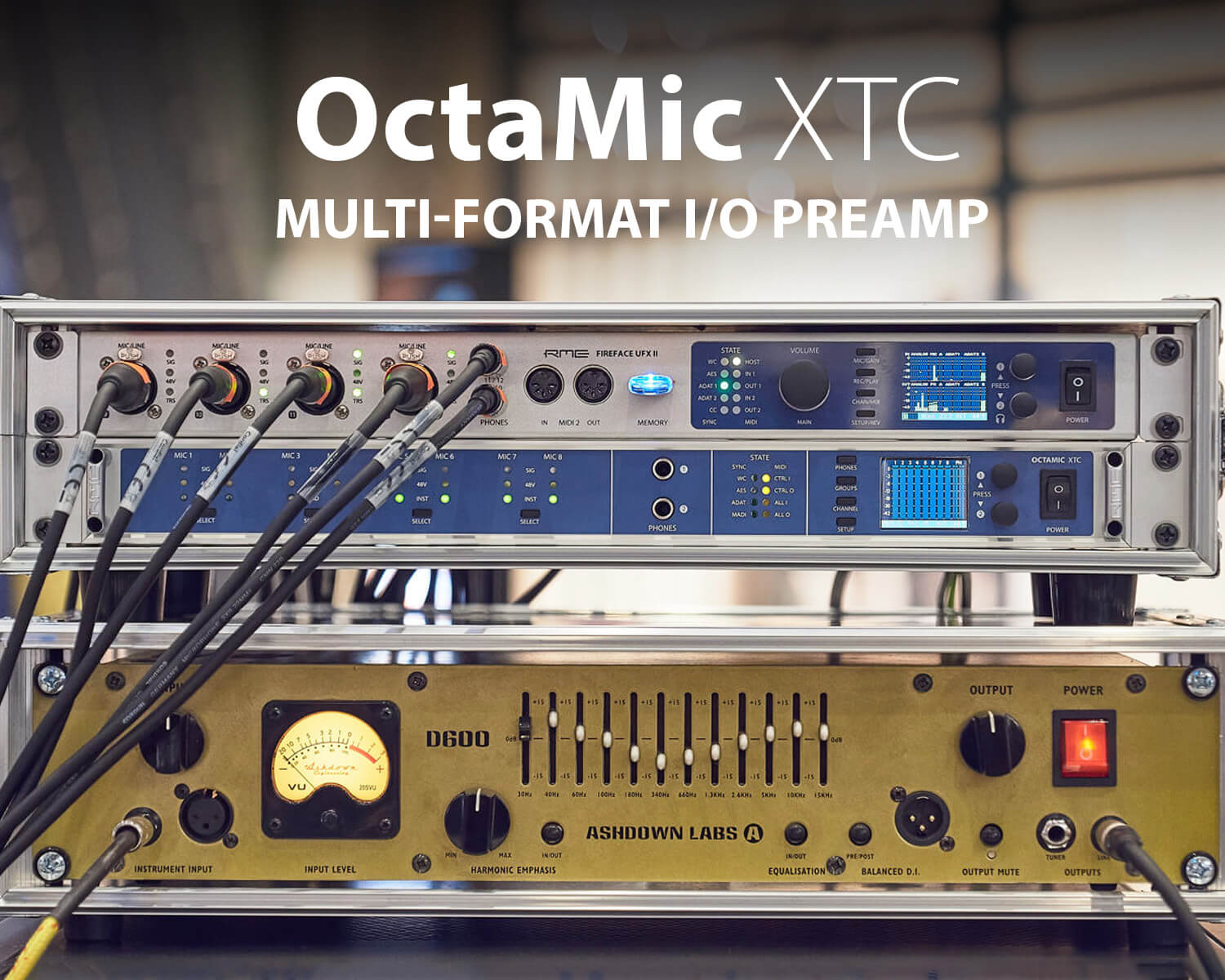

- #Install rme babyface driver driver
- #Install rme babyface driver windows 10
- #Install rme babyface driver pro
- #Install rme babyface driver software
- #Install rme babyface driver plus
I could give my drum recordings back to the band without having to worry about rebalancing the overheads in post‑production. The beauty of digital control is that not only can you recall settings at a later date, if you need to match up an overdub with an original take, but you can achieve precise stereo matching across the two channels - something that can prove almost impossible with the inconsistent, non‑linear analogue gain controls found on many project‑studio interfaces. This can be set either using the rotary encoder or within Totalmix, and provides a gain range from 0dB to +60dB, in 3dB steps, while phantom power is also switched digitally and independently for both inputs. One feature that I found very useful in both contexts is the digital gain control for its two mic preamps. This is unlikely to be a problem in practice, though, as their main purpose is only to give performers a 'comfort' reverb or slapback effect.Īs well as recording vocals and acoustic guitars at home, I took the Babyface with me on a location recording project, where I used it to track drums, with its ADAT In fed from a Focusrite Octopre. The simple three‑band EQ is generated within the Babyface's DSP, while the delay and reverb are host‑powered, which means that - unlike input signals directly monitored from within Totalmix FX - they suffer from latency related to the ASIO or Core Audio buffer size.
#Install rme babyface driver plus
Configurations can be stored and recalled, and new to Totalmix FX is the ability to apply DSP‑based EQ, plus delay and reverb.
#Install rme babyface driver software
In essence, it allows you to route any combination of input and software return signals to any combination of outputs, at any level you choose. This was described in detail by Hugh Robjohns in his review of the RME Fireface UFX in January 2011 (/sos/jan11/articles/rme‑fireface‑ufx.htm), so I'll only briefly summarise its operation here. RME's Totalmix FX software offers comprehensive routing and then some.The 'balls inside” the Babyface are supplied by a DSP chip, which can perform complex routing, mixing and signal processing, all controlled by the latest version of RME's Totalmix FX software. Some sort of colour‑coding would be welcome, as would larger labels on the connectors.

I also felt the labelling on the breakout cable could be clearer: admittedly, the connectors for each input and output type are different, but they're all black, and each is identified only by a tiny printed label on the cable. At least one of mine wouldn't fit, simply because the TOSlink Out is so close to the D‑sub. RME's rage for miniaturisation does have its down sides, and if you have the breakout cable attached - as you will need to in most circumstances - you'll have to make sure that the barrels at the ends of your optical cables are not too wide. A short breakout cable is supplied, along with an extender. You can plug a guitar and a pair of phones in on the right‑hand side, while there are TOSlink optical In and Out ports on the Baby's rear end, but the rest of the unit's analogue I/O (and its MIDI In and Out) emerge via a 15‑pin D‑sub connector. It's designed to sit on a desktop, from where it presents a large rotary encoder, two buttons, and two LED ladders. The Babyface is a USB 2 device, and is bus powered there is a socket for a mains PSU, but none is supplied as standard.
#Install rme babyface driver pro
The new Babyface Pro FS comes with a complete Premium Plug-in.
#Install rme babyface driver driver

However, the Duet is a Mac‑only device, connects via Firewire rather than USB 2, and lacks the Babyface's ADAT I/O.
#Install rme babyface driver windows 10
Microsoft Surface Pro 4 with an Intel m3 processor and 4GB memory running Windows 10 Pro.


 0 kommentar(er)
0 kommentar(er)
